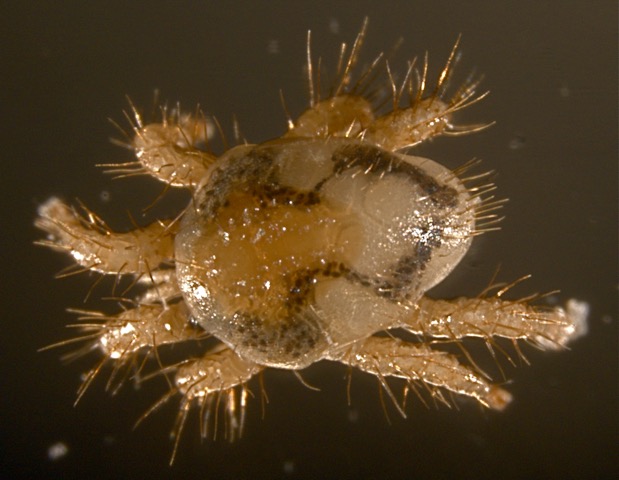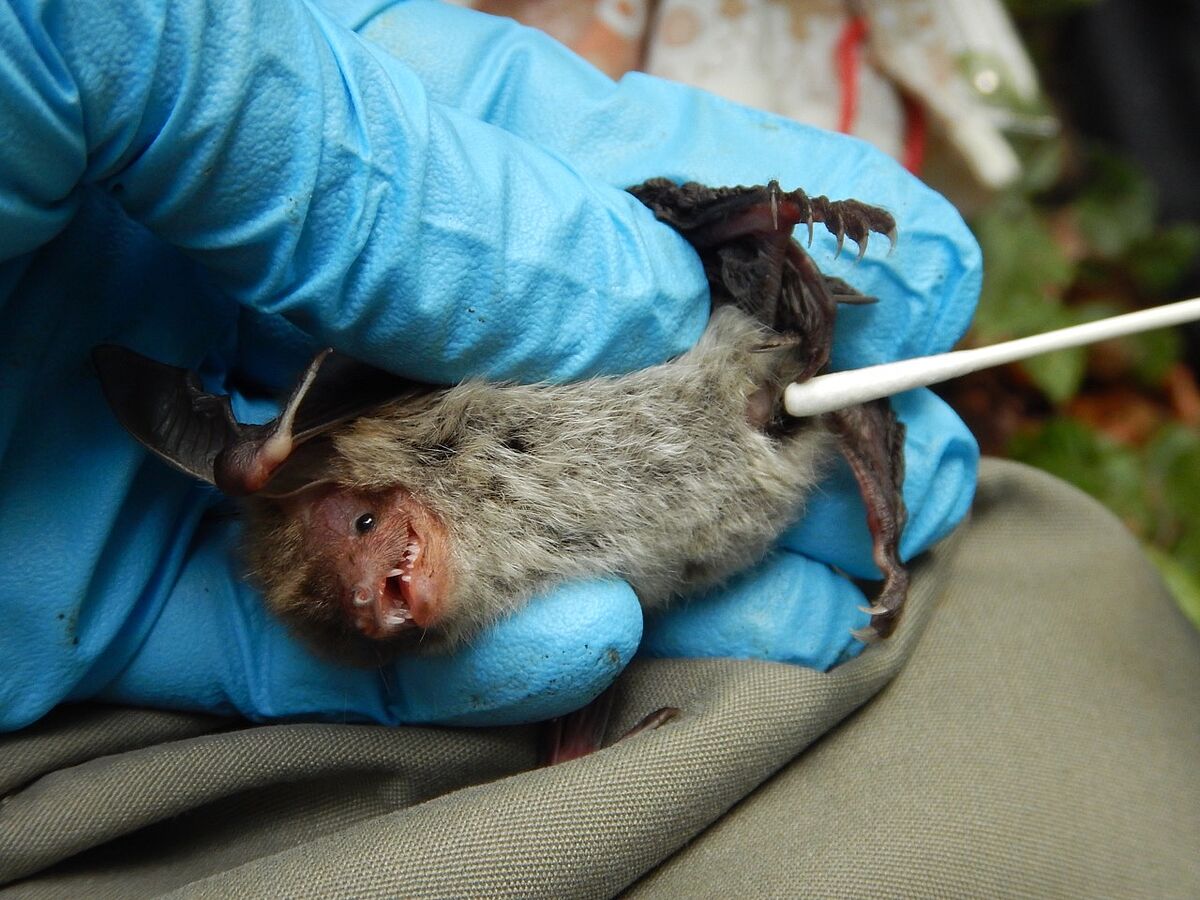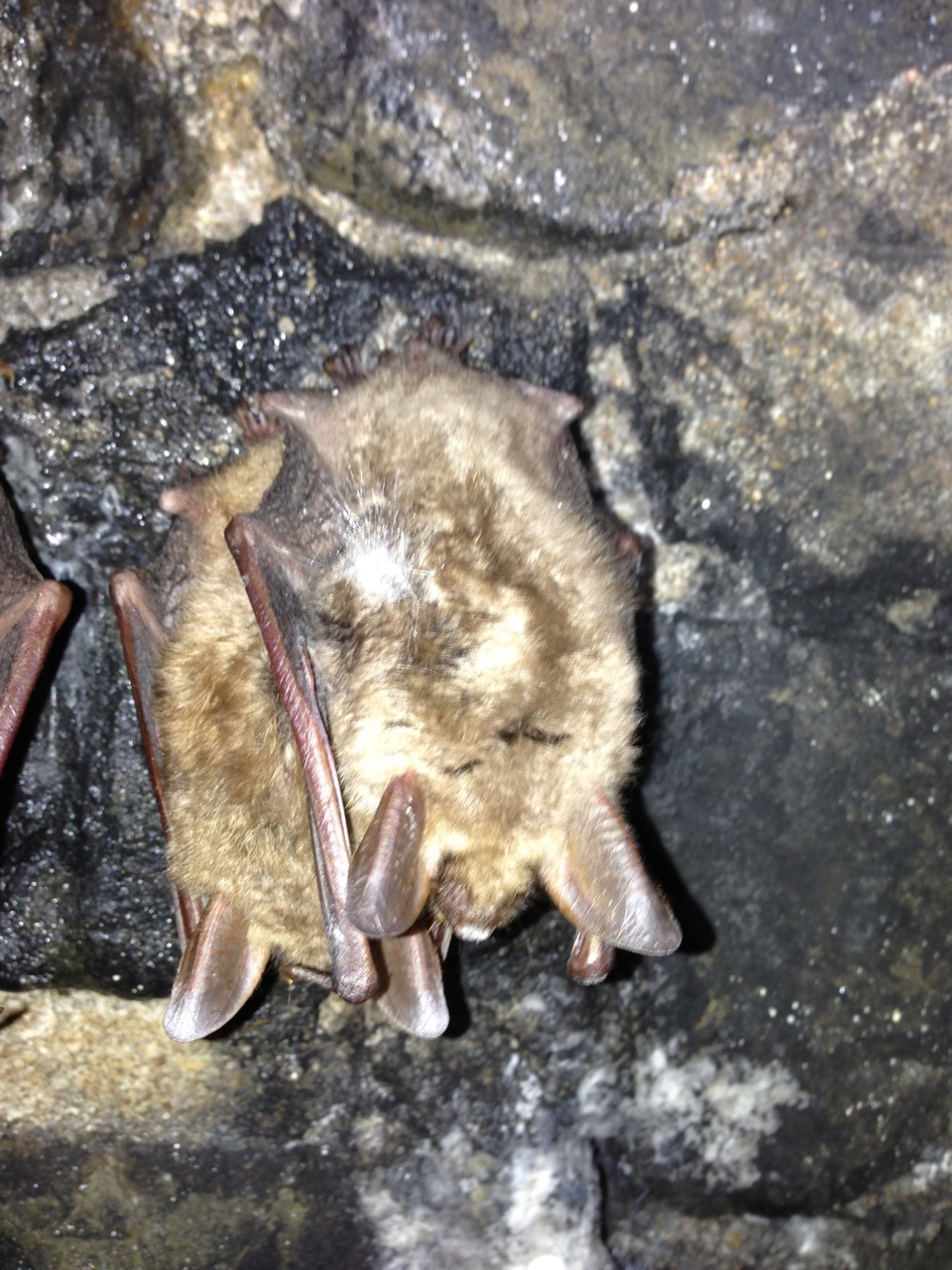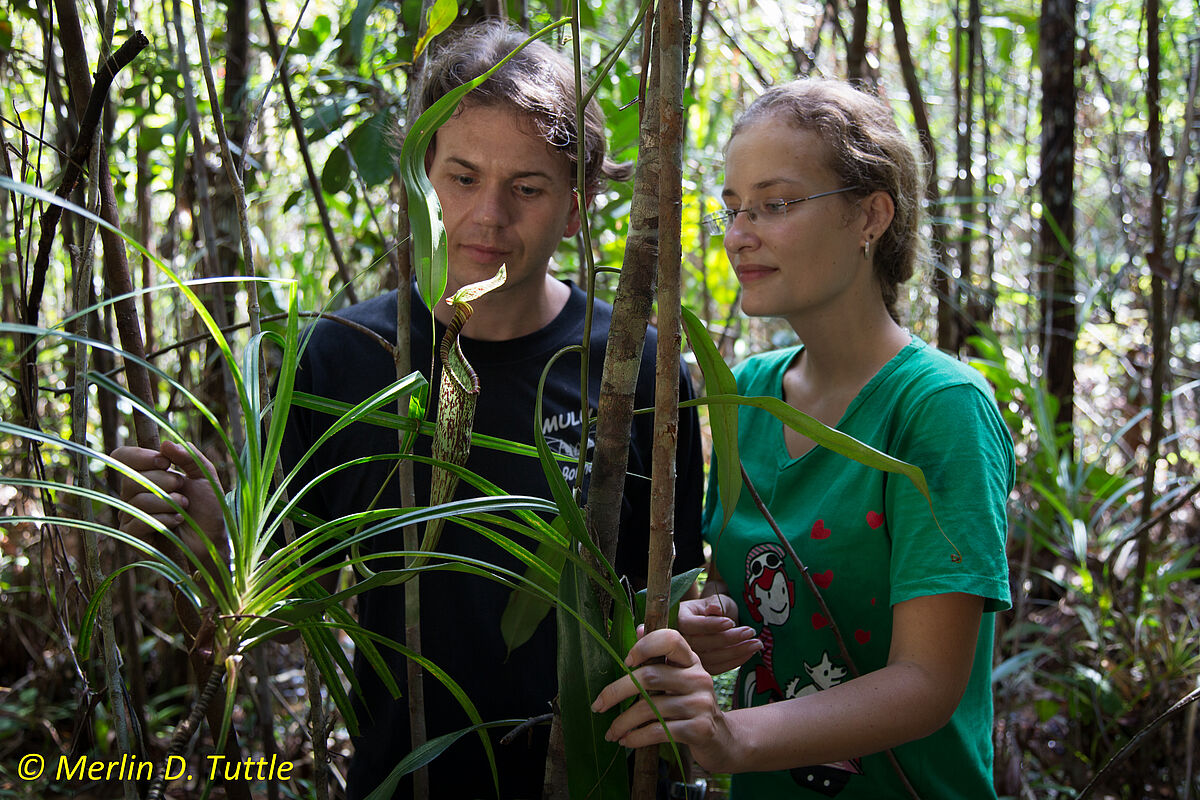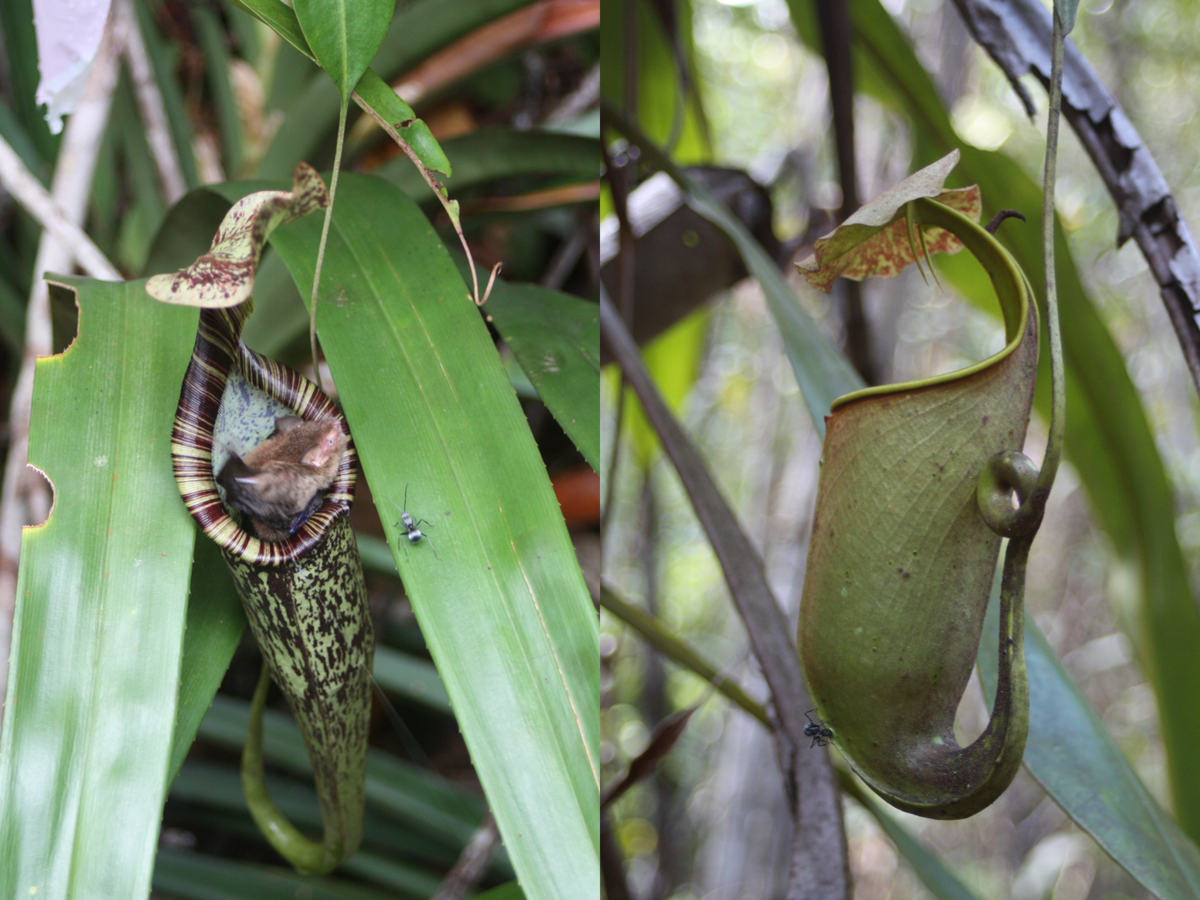
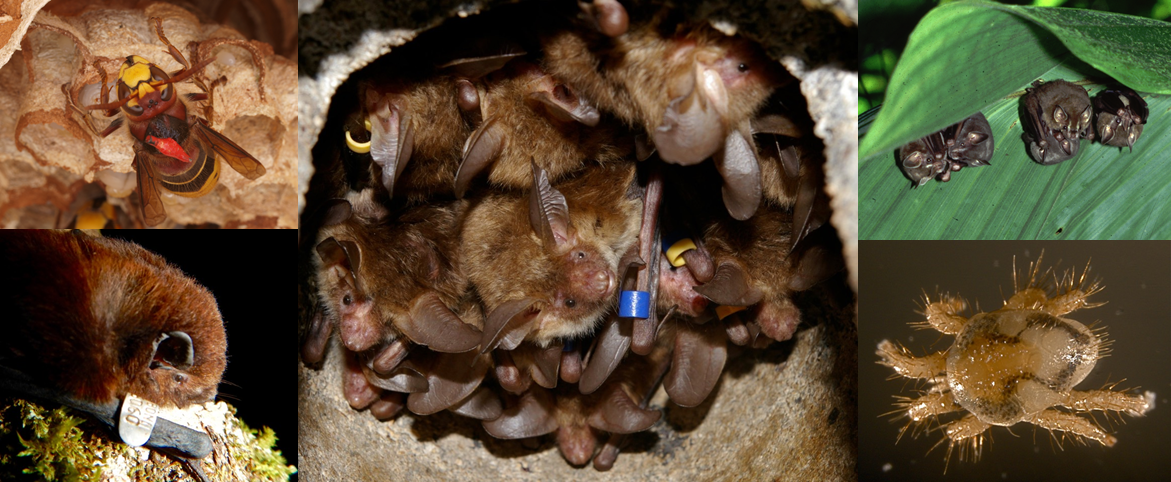
Forschungsschwerpunkte
Unsere Forschung ist multidisziplinär und befasst sich mit Fragen an der Schnittstelle von Evolutions-, Verhaltens- und Naturschutzbiologie. Wir untersuchen soziale Tiere und ihre Parasiten und Krankheitserreger und arbeiten sowohl im Feld als auch im Labor. Bei verschiedenen Fledermausarten untersuchen wir kooperatives Verhalten, Ausbreitung, Paarungssysteme, Gruppenentscheidungen in Fission-Fusion-Gesellschaften, Wirts-Parasit-Pathogen-Dynamik, mutualistische interspezifische Interaktionen sowie grundlegende und angewandte Fragen des Naturschutzes. Wir nutzen unsere Daten, um Prozesse zu verstehen, die für den Schutz bedrohter Arten von Bedeutung sind, und um Vorschläge für das Lebensraummanagement und die Überwachung von Populationen zu machen.
Aktuelle Forschungsprojekte
Abgeschlossene Forschungsprojekte
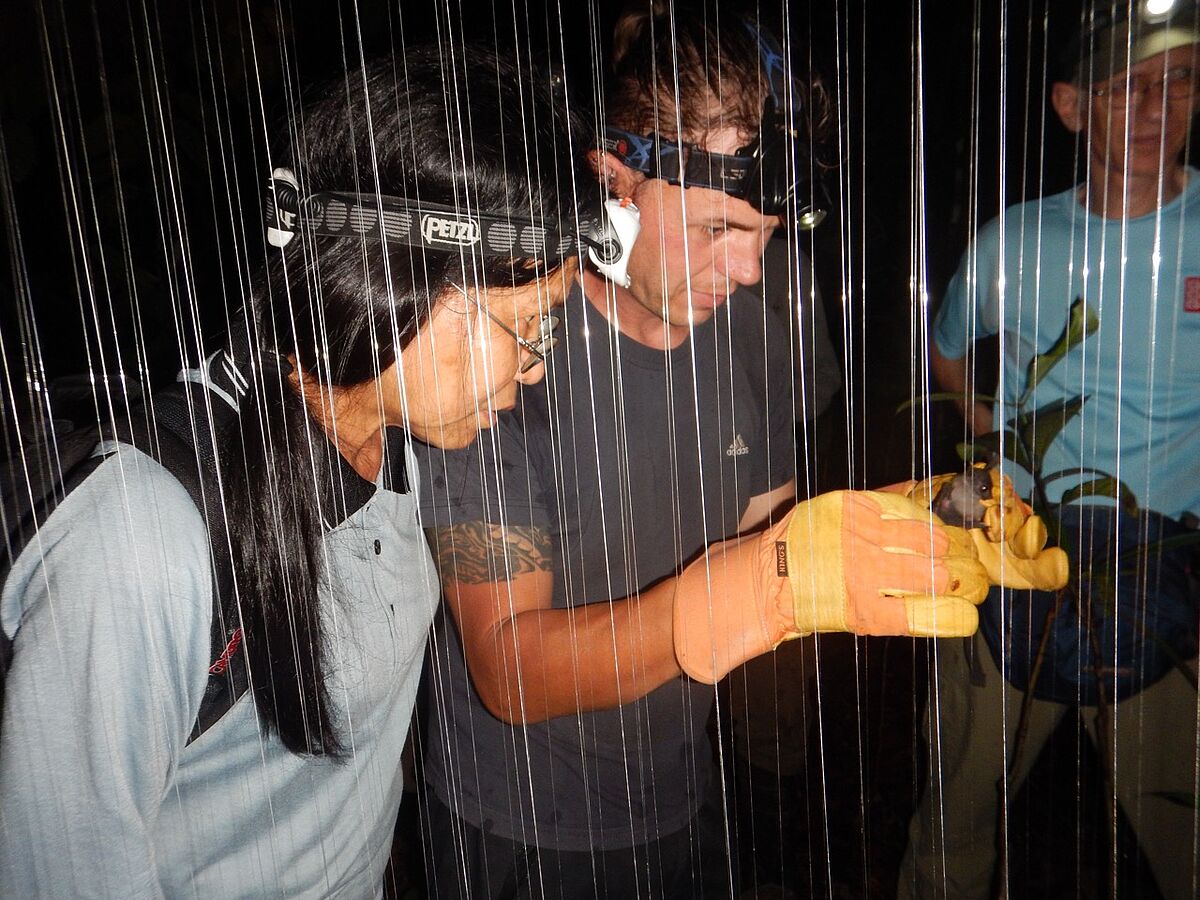
Projects are/have been funded by various foundations, including the German Science Foundation (DFG), the VolkswagenStiftung, several private foundations, such as the Bristol Foundation and governmental organisations such as the highway department Northern-Bavaria (ABDNB) and the federal agency of nature conservation (BfN).
In close collaboration with local researchers and conservation biologists, we study threatened bat species in different regions of the world, using a combination of behavioural, ecological, and molecular methods. In the field, we use automatic monitoring of animals marked with PIT-tags, radio-telemetry, thermography, and infrared-video monitoring to assess the habitat use and behaviour of our different study species (e.g. Kerth & Melber 2009). To investigate genetic structures, dispersal rates, inbreeding coefficients and individual reproductive success in wild populations we use genetic methods, including analyses of nuclear and mitochondrial DNA microsatellites as well as DNA sequencing (e.g. O’Donnell et al. 2015). Overall we aim at combining research on basic scientific questions with applied conservation. Our studies contribute knowledge and data for national conservation management of threatened bats in different regions of the world (Central and South-Eastern Europe (e.g. Bulgaria, Germany and Serbia), the Caucasus region (Georgia and Russia), as well as Central America, Borneo, and New Zealand). We aim on supporting local conservation authorities, which in several of the aforementioned countries cannot afford to gather such data within the framework of national research programs. Besides their scientific value and implication for conservation, our cooperative international projects often have capacity building effects on future research projects on threatened animals in the respective regions. In Germany we for example have a close collaboration with the Nature Park “Nossentiner-Schwintzer Heide”. Last but not least, education of young scientists from the partner countries involved (e.g. Bulgaria, Brunei, Georgia, Russia, Serbia), via transfer of sophisticated methodological knowledge and “evolutionary thinking”, will be important for future biological projects that try to answer scientific questions of high standard and international significance and that are crucial for nature conservation.
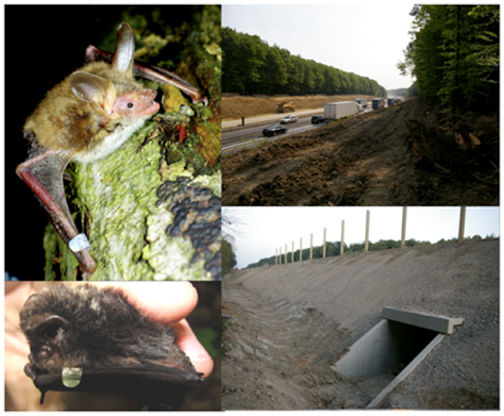
funded by the VolkswagenStiftung
We combine genetic data (mtDNA and nucDNA) as well as ecological and demographic data (infestation rates) to compare the population structures of two blood-feeding ectoparasites, the wing mites and the bat flies, to that of their hosts, different bat species. Wing mites and bat flies differ in the transmission mode (exclusively transmitted by body contact versus partially transmitted via the communal bat roost; Reckardt & Kerth 2009). As a result, the behaviour and the social structure of the host are expected to influence population structures differently in the two parasites. To test this prediction, we compare the genetic population structures of all interacting species at different spatial, ecological, and time scales (Bruyndonckx et al. 2009, van Schaik et al. 2014, 2015). The study benefits from the already existing data on the ecology, behaviour, and population genetics of the Bechstein’s bat in two of its glacial refuges, the Balkan and the Caucasus (Kerth et al. 2008). Moreover, we established genetic markers (polymorphic mtDNA sequences and nucDNA microsatellites) for the wing mites (Bruyndonckx et al. 2009) and the bat flies (van Schaik et al. 2015). The combination of data on the ecology, behaviour, and genetic structure of host populations throughout their range with data on the demography and genetic structure of parasite populations allows us to address open questions on host-parasite co-evolution. Such a comparative study of host-parasite dynamics can reveal key information on host life history traits that favour parasite transmission and affect host-parasite co-evolution and local adaption patterns.
Two projects funded by the German Science Foundation (DFG Priority Program “Ecology and Species Barriers in Emerging Viral Diseases” (SPP 1596)) and one project by Bat Conservation International (BCI).
Understanding the antagonistic nature and evolutionary dynamics of host-pathogen relationships requires information on the genetic covariation and ecological interactions of hosts and pathogens. However, the interplay between the processes that influence covariation of hosts and pathogens is largely unknown. It is for example unclear to what degree ecological conditions and social barriers affect host dispersal and the degree of association among different host species influence pathogen transmission within and among host species. In two projects funded by the DFG we investigate the links between the habitat structure, ecology, behaviour and genetic structure of European bat species (first project in collaboration with the Institut für neue und neuartige Tierseuchenerreger, Friedrich-Loeffler Institut) and neotropical bats (second project in collaboration with the Institute of Virology, Universität Bonn) on the one hand and the genetic structures and prevalence of different viruses that infest bats, on the other hand. The aim is to understand the relationship between ecological conditions and life history traits of the interacting species that may help viruses to overcome species barriers and colonize novel hosts. In a third project funded by BCI we are interested in determining the distribution of Geomyces destructans, the causative agent of White-Nose Syndrome, across Eurasia. We investigate its population structure in relation to bat population structure and its relationship with the invasive North American population of this fungus. This includes investigating the diversity of Geomyces species found across Eurasia and their relationship with Geomyces destructans. Identifying where Geomyces destructans reproduces (the reservoir) and how it is transmitted from bat to bat, from the environment to bats and vice-versa is also a topic of our research. The project on Geomyces destructans is run by Sebastien Puechmaille and co-workers.
Funded by the German Science Foundation (DFG: bats) and the Bristol Foundation (hornets).
Our aim is to study the causes and consequences of sociality on different levels (genotype, phenotype, population), using different bat species and social insects (hornets, Vespa crabro) in the wild. One focus is on the social cognition and group decision-making in fission-fusion societies, where individuals benefit from cooperation within their group but at the same time are likely to differ in their interests, experiences, personalities and abilities. An exciting open question is whether fission-fusion behaviour requires special communication, decision-making, and cognitive skills. This question can only be answered with comparative and experimental studies that involve long-term data on free-ranging populations. Currently, we focus on the Bechstein’s bat, the brown long-eared bat and the Natterer’s bat for which we have long-term data on the social, demographic, and genetic structure of colonies. In all three species, colonies frequently switch communal roosts and colony members have to make group decisions daily about where to roost (Kerth et al. 2006, Fleischmann et al. 2013, Fleischmann & Kerth 2014). Colonies regularly split into subgroups and hence are fission-fusion societies (Kerth & König 1999, Kerth et al. 2011, Fleischmann & Kerth 2014). At the same time, colonies of the three bats species differ in their structure (within and between the species), e.g. their size, in the proportion of non-reproductive females, the number of matrilines per colony, and the presence of males. Thus, bats provide excellent opportunities to study the effect of group heterogeneity and fission-fusion behaviour on group decisions, cooperation and social cognition. We developed techniques allowing for automatic monitoring of PIT-tagged bats moving between different roost sites and to carry out field experiments allowing for manipulating the behaviour and to influence the information of individuals (Kerth et al. 2006, Fleischmann et al. 2013). We use our long-term data on bats to compare social coordination and group decision-making in heterogeneous bat colonies to that in more homogeneous colonies of hornets.
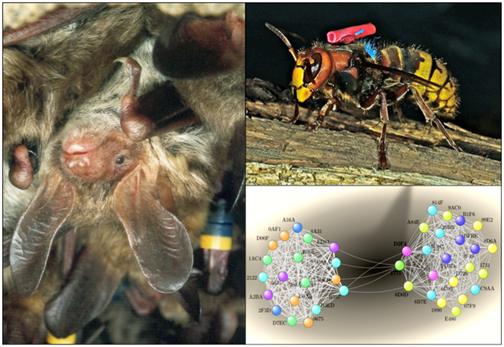
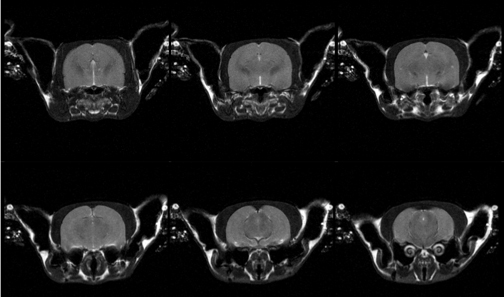
Dieses Projekt wird von der Deutschen Forschungsgemeinschaft (DFG) gefördert.
In Zusammenarbeit mit Professor Katharina Riedel, Univ. Greifswald, Professor Ulmar Grafe, Univ. Brunei und anderen internationalen Mitarbeitern untersuchen wir zwei mutualistische Interaktionen zwischen Säugetieren und fleischfressenden Kannenpflanzen in Borneo. In unserem vorherigen Projekt haben wir bereits gezeigt, dass die Kannenpflanze Nepenthes hemsleyana etwa ein Drittel ihres Stickstoffbedarfs aus dem Kot von Hardwickes Wollfledermäusen (Kerivoula hardwickii) gewinnt, die ausschliesslich in den Kannen der Pflanze ihre Quartiere beziehen (Grafe et al. 2011). Die Fledermäuse wiederum profitieren von diesen hochwertigen Schlafplätzen durch ein günstiges Mikroklima und ein geringes Parasitenbefallrisiko (Schöner. et al. 2013). In ähnlicher Weise wird die Kannenpflanze Nepenthes lowii durch den Kot von Baumspitzmäusen (Tupaia montana) befruchtet, die ihrerseits von den Nektarsekreten der Pflanzen profitieren (Clarke et al. 2009). In unserem aktuellen Projekt wollen wir neue Erkenntnisse darüber gewinnen, wie sich Mutualismen entwickeln und wie sie aufrechterhalten werden. Durch den Vergleich koprophager Pflanzenarten untereinander und mit ihren engsten fleischfressenden Verwandten untersuchen wir konvergente Anpassungen und konvergente Interaktionen der Fokusarten mit ihren Säugetier- und mikrobiellen Assoziationen. Daher verwenden wir eine Kombination von Feld- und Laborexperimenten, um 1) die Mikroben und die enzymatische Zusammensetzung in der Flüssigkeit der Kannenpflanzen zu identifizieren und 2) die Vorteile und Kosten zu messen, die die Kannenpflanzen aus diesen Mikroben ziehen. Dazu verwenden wir modernste Techniken wie Next Generation Sequencing und Metaproteomik. Durch die Möglichkeit der experimentellen Manipulation bieten die Kannenpflanzen-Säugetiersysteme eine ausgezeichnete Möglichkeit, aussergewöhnliche Formen der interspezifischen Beziehungen zwischen Pflanzen, Säugetieren und Mikroben zu untersuchen.
Research Collaborations
- "Bat demography": Dr. Alexander Scheuerlein, Institute for Data Science, Greifswald
- "Bedrohte Daten von Bedrohten Arten”: Dr. Marcus Fritze, Kompetenzzentrum für Fledermausschutz in Sachsen-Anhalt
- “Cell mechanics of bat blood cells”: Dr. Oliver Otto, ZIK HIKE, University of Greifswald
- "Forschung. Umweltbildung. Naturschutz - Mit FUN in die Wildnis!": Ralf Koch Naturpark Nossentiner Schwinzer Heide, Christoph Treß
- "Interactions between carnivorous pitcher plants and bats in Borneo": Prof. Dr. Ulmar Grafe, Faculty of Science, University Brunei Darussalam
- "One Health and Bats”: Prof.Dr. Fabian Leendertz, Helmholtz Institut für One Health Greifswald
- "Range expansion in the lesser horseshoe bat": Prof. Dr. Eric Petit, INRAE Rennes, France, Dr. Sebastien Puechmaille, University Montpellier, France, Wigbert Schorcht, Martin Biedermann, Nachtaktiv, Erfurt, Germany, Wolfgang Sauerbier, Stiftung Fledermaus.

